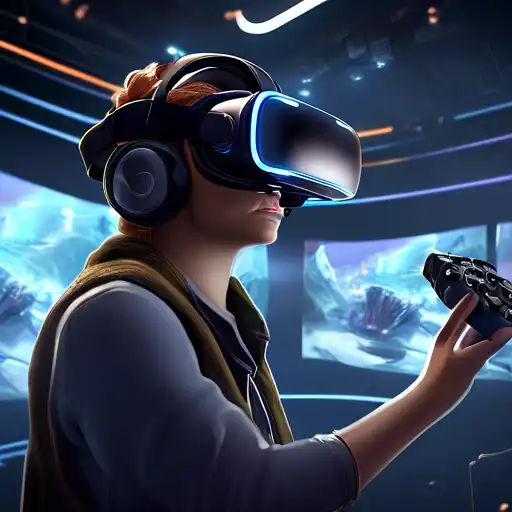Understanding the Complexities of VR Content Development
Virtual Reality (VR) has emerged as a groundbreaking technology, offering immersive experiences that were once the stuff of science fiction. However, developing content for VR presents a unique set of challenges that creators must navigate to deliver compelling and engaging experiences.
Technical Limitations and Hardware Diversity
One of the primary hurdles in VR content development is the technical limitations and the diversity of hardware. Developers must ensure that their content is compatible across a range of devices, each with its own specifications and capabilities. This requires extensive testing and optimization to provide a seamless experience for all users.
High Development Costs
Creating VR content is often more expensive than traditional media due to the need for specialized software, hardware, and skilled personnel. The cost of VR development tools and the time required to create high-quality content can be prohibitive for smaller studios and independent creators.
User Experience and Motion Sickness
Another significant challenge is designing user experiences that minimize motion sickness, a common issue in VR. Developers must carefully consider movement mechanics, field of view, and frame rates to reduce discomfort and ensure a pleasant experience for users.
Content Accessibility and Market Penetration
Despite the growing popularity of VR, the technology still faces challenges in terms of accessibility and market penetration. The high cost of VR headsets and the need for powerful computing hardware limit the audience size, making it difficult for creators to reach a broad market.
Strategies for Overcoming VR Development Challenges
Despite these challenges, there are strategies that developers can employ to navigate the complexities of VR content creation. Leveraging cross-platform development tools can help address hardware diversity, while focusing on innovative storytelling can enhance user engagement.
Embracing Cross-Platform Development
By utilizing development platforms that support multiple VR systems, creators can reduce the time and resources needed to port content across devices. This approach not only streamlines the development process but also expands the potential audience for VR experiences.
Prioritizing User-Centered Design
Adopting a user-centered design philosophy is crucial for minimizing motion sickness and improving overall user satisfaction. This involves iterative testing with real users to refine movement mechanics and visual elements for comfort and immersion.
Exploring New Revenue Models
To offset high development costs, creators can explore alternative revenue models such as subscription services, in-app purchases, or partnerships with hardware manufacturers. These strategies can provide financial sustainability while making VR content more accessible to users.
In conclusion, while developing VR content comes with its share of challenges, the potential for innovation and immersive storytelling is unparalleled. By addressing technical limitations, prioritizing user experience, and exploring creative solutions to financial and accessibility issues, developers can unlock the full potential of virtual reality.
